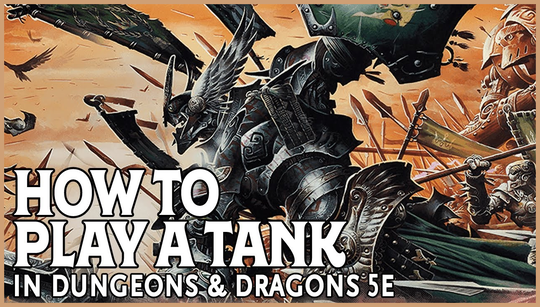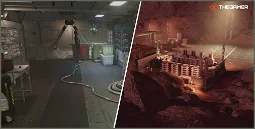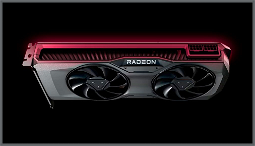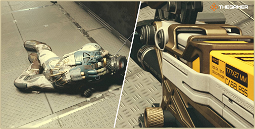Learn how to tank in D&D 5e
Are you new to tanking in Dungeons & Dragons? Perhaps you’re looking to take on the role in the tabletop roleplaying game. In the world of D&D, you’ll find that tanks, or ‘tanking’ if you want to be fancy, can require a bit of a different approach to what you might be used to if you’ve played MMORPG games like Guild Wars 2.
Tanks in D&D don’t have quite the same design as in games like WoW where tank classes have taunt mechanics. This lack of feature means that you need to get rather creative with your actions and abilities in combat as a tank – but worry not, we have advice to guide you through this role in one of the best PC games. Tanks have access to higher AC and hit point pools, allowing them to soak up damage on behalf of the party – freeing other party members to focus on whatever tasks they need to carry out during combat. We recommend the following five tips during your first foray into tanking.
The best D&D 5e tank
All D&D tanks need to be at least passably healthy, but you can really go for one type of tank over another based off of which ability score is the most important. Constitution is the heavy hitter in this regard, as it increases both your hit points as well as your constitution save, which is important to be able to avoid getting stunned or weakened status effects during combat.
The importance of strength for any D&D character should be fairly well known, but it particularly bears special mention for tanks. The Athletics skill requires strength and it’s part and parcel of your job as a tank to drag and push enemies into new positions during and out of combat, so you’ll have a bit more wiggle room in this regard.
Feats play an absolutely crucial role in tank customization, so we recommend focusing in on key feats tailored toward the kind of tank you want to be. We recommend focusing on the following feats:
A defensive tank tries to soak up as much damage as possible to protect the party. These benefit your defensive abilities and max HP.
Pseudo-taunt abilities or effects are abilities or effects that incentivize enemies to attack you over other party members. Grapple is the most versatile pseudo-taunt ability there is, and any character can grapple, so long as it is an effective means for that character to defeat their opponents.
Roll an Athletics check to initiate a grapple against an enemy of your size or smaller. During a grapple, you can use your weapon or make an unarmed strike, but it can only do nonlethal damage to the main body. It also has the advantage of allowing one to surprise their adversary while also offering the potential to tie up the enemy's limbs.
Roleplaying a tank can have an amazing effect (either positive or negative) on the outcome of a battle. Before engaging in combat with a potentially intelligent enemy, knowing your enemy and how to provoke them can lead to a more successful outcome. Be sure to read the description of intimidate for more information on how to insult your foes.
Knowing your enemy is paramount to being an effective tank, so we recommend reading about D&D 5e monsters before you set out on your journeys. Some enemies, such as ents, can be notoriously bad for tanks, whereas others, like goblins, can be easily provoked and fought with distraction.
Now you know how to tank in D&D 5e, and what makes a good tank compared to a bad tank (yes, it’s true that not all tanks are good). You should be ready to take on the role in one of the best PC games, so long as you know your enemy.















